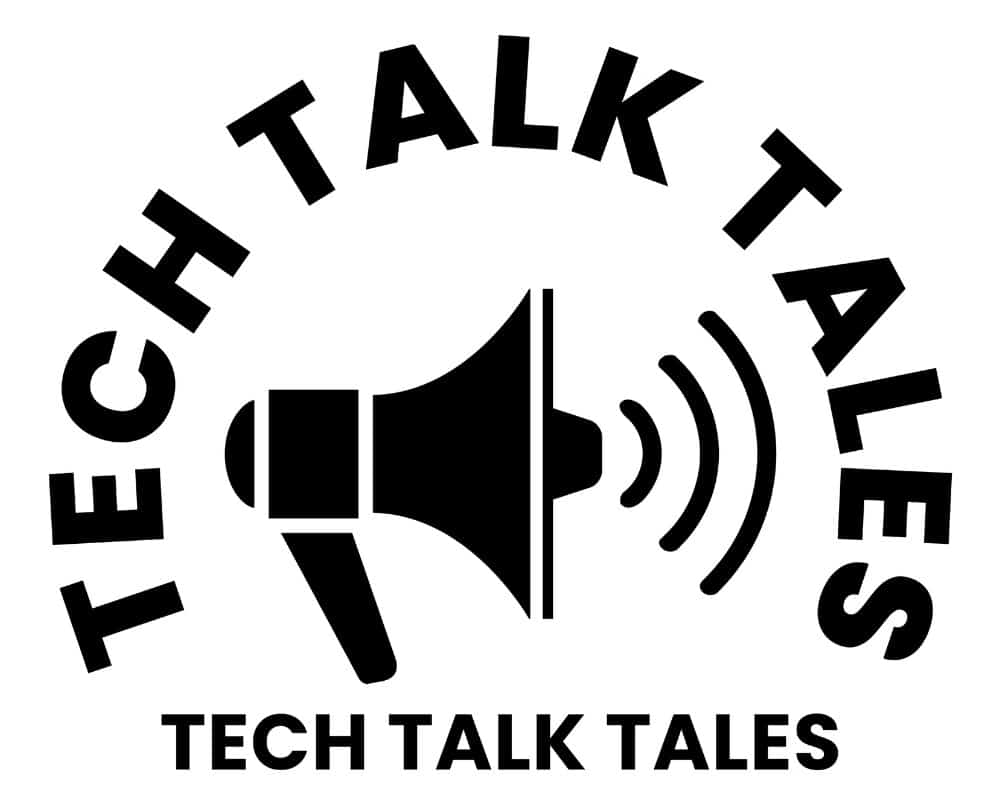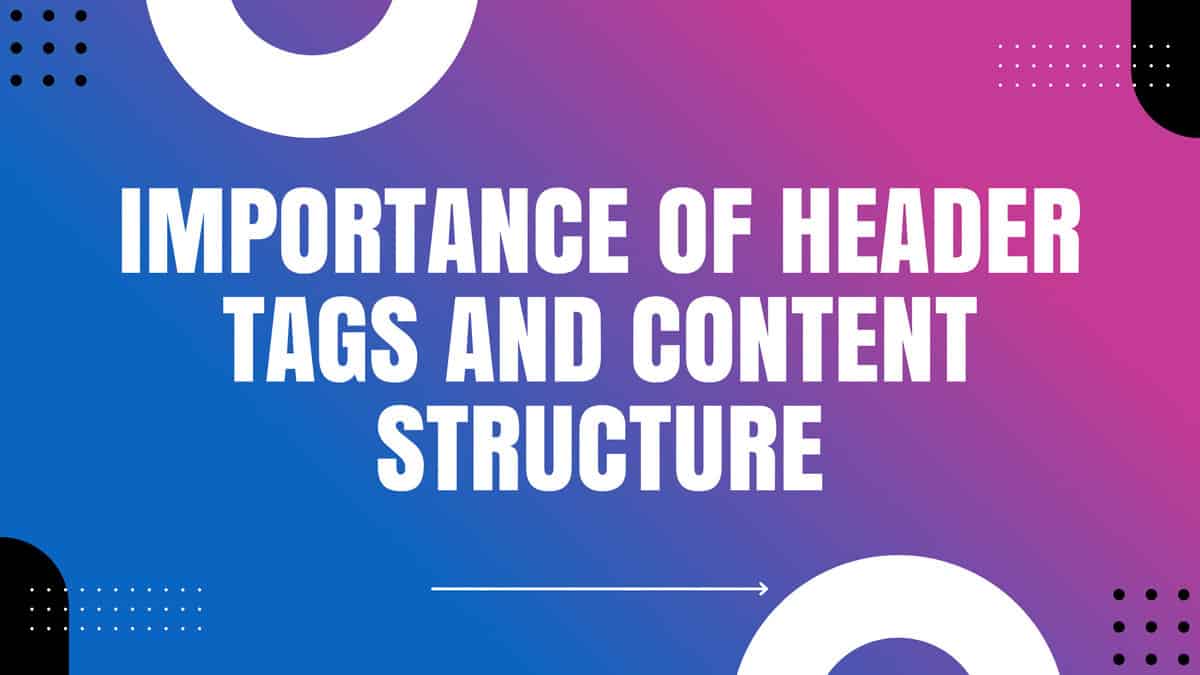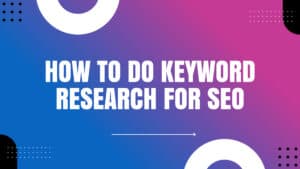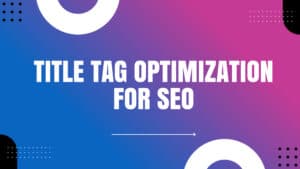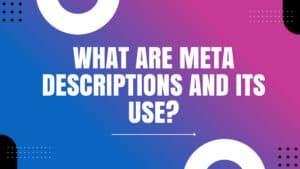Introduction
Hey there! Have you ever been on a website with jumbled up paragraphs and no clear headings?
I bet you found it frustrating and confusing, right?
Well, don’t worry, because today I’m going to tell you all about the importance of header tags and content structure of websites.
These might seem like small details, but trust me, they play a huge role in making your website user-friendly and easy to navigate.
So, let’s dive in and discover why paying attention to header tags and content structure can make a world of difference for you and your online presence.
Improved SEO and rankings
Header tags are like the secret weapons of the webpage world.
They might seem inconspicuous, but let me tell you, they pack a punch when it comes to improving your SEO and rankings.
As someone who’s always striving to stay at the top of the search engine game, I can attest to the power of header tags.
Firstly, header tags provide structure and organization to your content.
They act as signposts, directing search engines to the important sections of your webpage.
This means search engines can quickly understand what your page is all about, which is a big plus in their complex algorithms.
It’s like having a tour guide leading them through your content effortlessly, boosting your chances of getting noticed.
Another benefit is that header tags make your webpage more user-friendly.
When visitors arrive on your site, they want to find the information they need without any fuss.
Header tags help them navigate through your content easily, allowing them to jump straight to the sections that interest them most.
This not only improves the user experience, but also keeps visitors on your site for longer, signalling to search engines that your webpage is valuable and relevant.
Furthermore, header tags give you the chance to include long-tail keywords in a natural and seamless way.
Unlike other on-page SEO techniques, header tags allow you to mention these uncommon or novel words and phrases that are specific to your content.
By doing so, you’re expanding your keyword arsenal and attracting a more targeted audience, increasing the likelihood of better rankings.
Header tags have the potential to enhance your search engine optimization and rankings in a number of ways, both simple and powerful.
They provide structure, improve user experience, and allow you to incorporate unique keywords.
So why not embrace the power of header tags and give your webpage an edge in the competitive online world?
Enhanced content structure
Enhanced content structure is the secret ingredient to unlock a whole new level of engagement and understanding.
Imagine a world where information flows effortlessly, like a gentle stream guiding you downstream.
With enhanced content structure, your readers won’t have to struggle to grasp complex concepts.
Picture this: You’re reading a blog post about the benefits of exercise.
Instead of sifting through paragraphs of text, you’re presented with clear headings and subheadings.
These chunks of information, organize your thoughts and guide your understanding, making it easier to absorb the valuable insights being shared.
Not only does enhanced content structure break down complex subjects into bite-sized pieces, but it also makes your blog post visually appealing.
By incorporating visual elements, like images and infographics, you can grab your readers’ attention and keep them hooked.
Plus, let’s not forget the power of bullet points to present information in a concise, easy-to-digest manner!
But the wonders of enhanced content structure don’t stop there; it also boosts your search engine optimization (SEO) efforts.
Search engines love well-structured content!
By neatly organizing your ideas and utilizing relevant keywords, your blog post becomes more attractive to search engines, increasing your chances of ranking higher in search results.
So why settle for mediocre content when you can elevate your blog with enhanced content structure?
Whether you’re a seasoned blogger or just starting out, mastering this technique will undoubtedly take your writing to new levels.
Embrace the power of structure, and your readers will thank you for it!
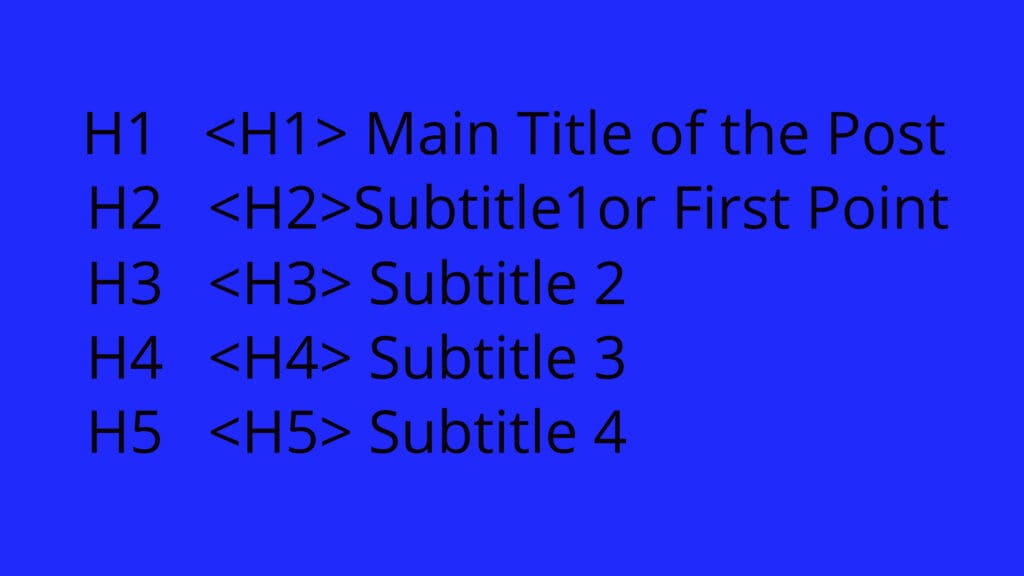
Relevant keywords usage
Are you looking to gain an edge in your professional life?
Then it’s time to consider the numerous benefits of harnessing the power of relevant keywords.
These little-known tools can truly transform your business strategies and propel you towards success.
The primary advantage of utilizing relevant keywords increases visibility.
By incorporating these unique and uncommon words in your website or blog content, you can significantly improve your search engine rankings.
This means that when potential customers search for products or services related to your industry, your website will be one of the first results they see.
This heightened visibility not only drives more organic traffic to your site, but also increases the chances of converting those visitors into loyal customers.
Furthermore, relevant keywords act as a beacon, guiding qualified leads straight to your virtual doorstep.
These words and phrases are carefully chosen to attract customers actively seeking what you have to offer.
By capturing their attention with accurate and specific keywords, you can quickly separate yourself from the competition and build a loyal customer base.
In addition to enhanced visibility and targeted leads, relevant keywords allow you to dominate your niche.
By consistently and strategically incorporating these unique words into your content, you establish yourself as an authority in your industry.
This credibility can lead to valuable partnerships, media mentions, and collaborations, further expanding your reach and influence.
So, if you want to improve your online presence, attract qualified leads, and establish yourself as an industry expert, harnessing the power of relevant keywords is a must.
Don’t miss this opportunity to take your professional life to new and exciting heights!
Improved on-page optimization
Header tags are an essential part of on-page optimization that provides numerous benefits.
By utilizing header tags, you can improve the structure and readability of your content, making it easier for both users and search engines to navigate and understand.
One of the primary benefits of header tags is that they help break your content into smaller, more manageable sections.
This allows readers to scan through your article or blog post quickly and find the information they need without getting overwhelmed.
Additionally, search engines also use header tags to understand the hierarchy and structure of your content, which can positively impact your SEO efforts.
Another advantage of using header tags is that they provide keyword-rich context for search engines.
By including relevant keywords in your header tags, you’re signaling to search engines what your content is about, potentially improving your visibility in search engine results pages (SERPs).
However, it’s crucial to use header tags naturally and avoid keyword stuffing, as this can be seen as spammy and harm your rankings.
Additionally, header tags can enhance the user experience by making your content more accessible for people with disabilities.
Screen readers and other assistive technologies rely on header tags to navigate and understand webpages.
Therefore, using proper header tags not only benefits SEO but also ensures your content is inclusive and accessible to all users.
Ultimately, header tags contribute significantly to on-page optimization by improving content structure, readability, keyword relevance, and accessibility.
By using header tags effectively, you can boost both user experience and search engine visibility, ultimately leading to better overall website performance.
Enhanced website structure
Header tags and enhanced website structure play a crucial role in improving user experience and search engine visibility.
These simple yet powerful elements help organize content and make it easier for both visitors and search engines to navigate and understand your website.
Firstly, header tags, such as H1, H2, and H3, break up the content into sections, acting as signposts for users to quickly find the information they’re looking for.
By incorporating relevant keywords into these tags, you can improve your website’s visibility in search engine results pages and drive more targeted traffic to your site.
Additionally, header tags provide a hierarchy to your content, making it more accessible to screen readers and visually impaired users.
Enhanced website structure goes hand in hand with header tags to create a logical and intuitive browsing experience.
By organizing your content into categories and subcategories, you allow users to easily navigate through your site and find the information they need.
This not only improves user satisfaction, but also increases the likelihood of visitors spending more time on your site, reducing bounce rates and increasing conversions.
From a search engine perspective, a well-structured website enables search engine crawlers to understand the topic and relevance of each page.
This, in turn, helps search engines index and rank your site more accurately, leading to improved search visibility and a higher chance of attracting organic traffic.
You can improve your website’s performance by incorporating header tags and enhancing its structure, which leads to a better user experience, better search engine visibility, increased engagement, and ultimately higher conversions.
So, make sure to utilize these simple yet valuable tools to optimize your website and deliver a seamless experience for both users and search engines.
